Neuro Smart Architecture
MIT Media Lab proposes neuroresponsive smartglass to help workers focus
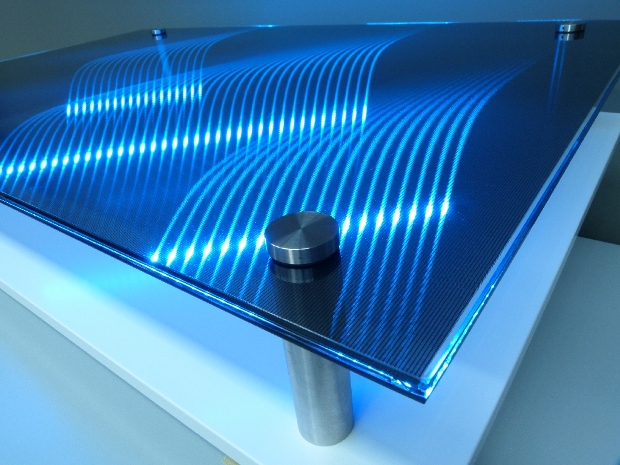
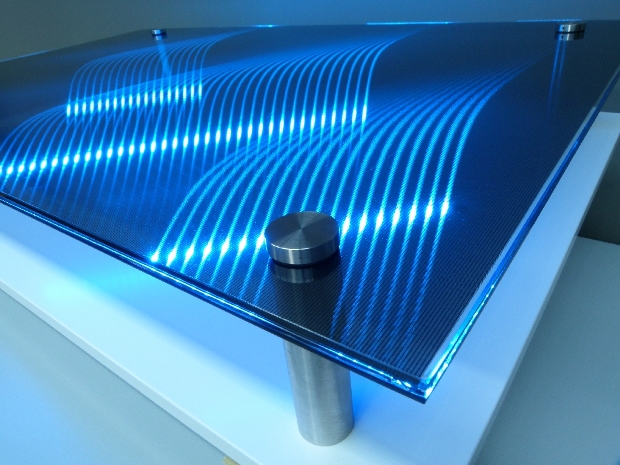
Imagine if your office architecture could send the same implicit message as donning headphones in a busy workspace? That's the proposition of MIT Media Lab's 'Transparent': a smartglass office partition that utilises neurofeedback to help workers' focus.
The person wears an EEG headband which determines how focused they are by measuring the brains electrical activity. 'Transparent' correlates this activity to a rate of attention, and wirelessly communicates this metric to the glass partition. As the user becomes more focused on the task at hand, the smartglass becomes less transparent, isolating the office worker from distractions and sending a clear message of "do not disturb" to co-workers.
The brains behind this prototype are Arlene Ducao, Tiffany Tseng and Anette von Kapri: all students of the famous MIT Media Lab. The Media Lab was recently revamped to incorporate 163'000 square feet of open workspace, sectioned by floor to ceiling glass walls, as part of an effort to promote collaboration between the different project groups. 'Transparent' is desinged to work within such an environment, as neuroresponsive smart architecture that facilitates collaboration and focus in equal measure.
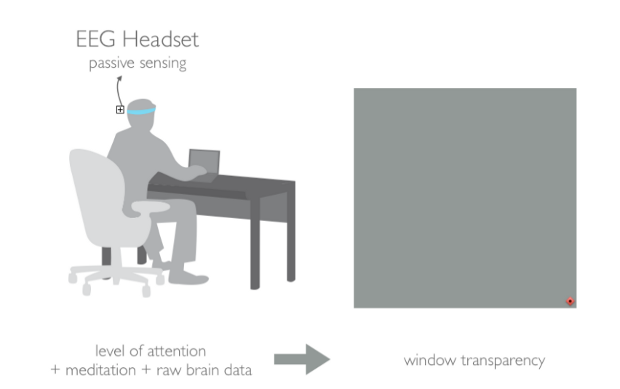
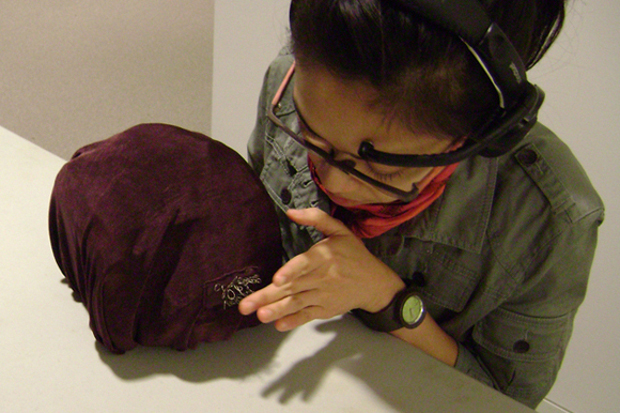
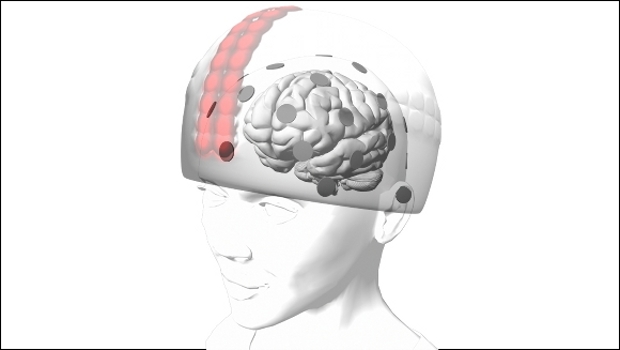
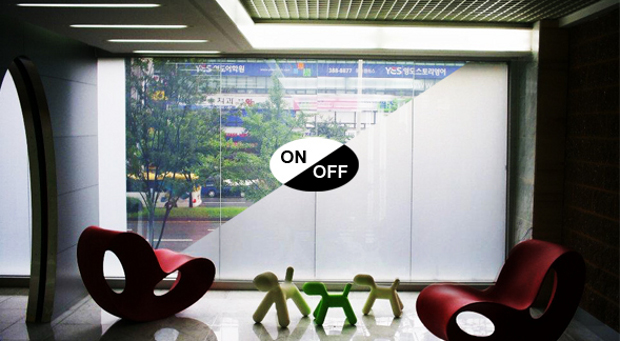
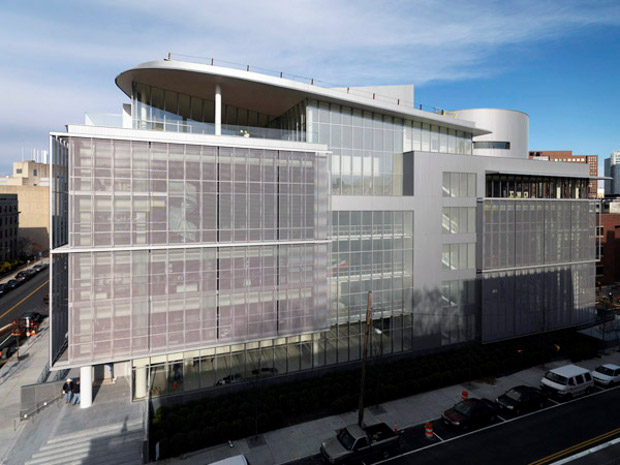


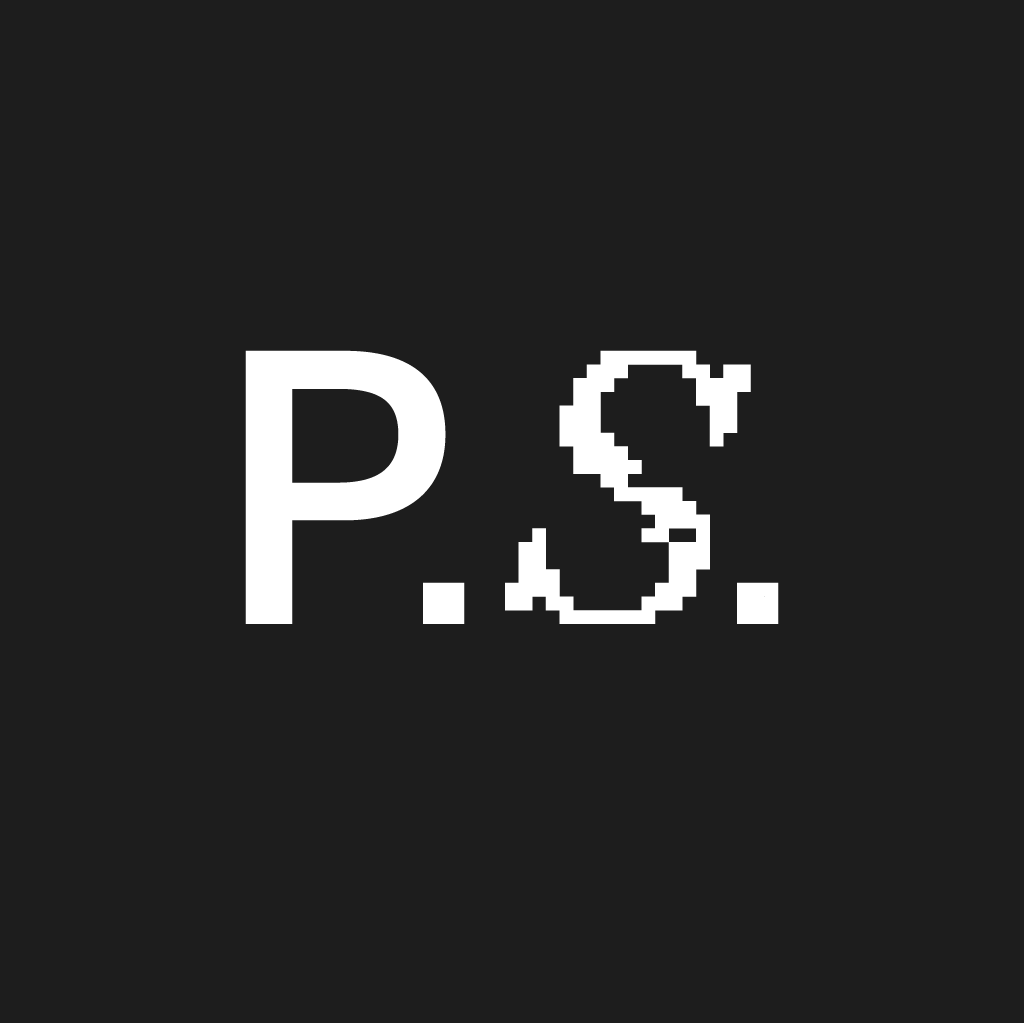
Discussion